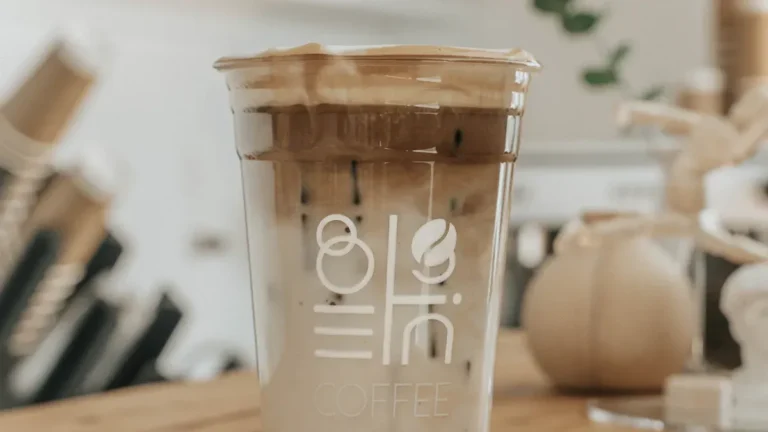Cómo elegir el tipo correcto de vaso biodegradable para Y
Seleccionar el tipo correcto de vaso biodegradable implica considerar varios factores, como el uso previsto., composición de materiales, impacto ambiental, y cumplimiento normativo. Aquí tienes una guía que te ayudará a elegir el vaso biodegradable más adecuado a tus necesidades.:
Composición de material: Los vasos biodegradables se pueden fabricar con diversos materiales., incluidos los plásticos de origen vegetal (como PLA), paper, bambú, and bagasse (fibra de caña de azúcar). Consider the source and composition of the material, as well as its biodegradability and compostability properties.
Intended Use: Determine the intended use of the biodegradable cup, whether it’s for hot or cold beverages, indoor or outdoor events, single-use or reusable purposes. Different materials may have different properties and suitability for specific applications.
Certificaciones: Look for certifications or eco-labels that verify the biodegradability, compostabilidad, and environmental sustainability of the cup. Common certifications include ASTM D6400, EN 13432, and BPI (Biodegradable Products Institute) certification for compostable materials.
End-of-Life Options: Consider the end-of-life options for the biodegradable cup, such as composting, recycling, or landfill disposal. Choose a cup that aligns with your waste management practices and local recycling or composting infrastructure.
Performance: Evaluate the performance characteristics of the biodegradable cup, including durability, resistencia al calor, insulation properties, and leak-proofing. Ensure that the cup meets your functional requirements and performs adequately for its intended use.
Costo: Compare the cost of different biodegradable cup options, taking into account factors such as material cost, manufacturing process, and volume discounts. While biodegradable cups may be slightly more expensive than traditional plastic cups, consider the long-term environmental and economic benefits.
Supplier Reputation: Choose a reputable supplier or manufacturer with a track record of producing high-quality, environmentally sustainable products. Consider factors such as transparency, certifications, ethical sourcing practices, and customer reviews.
Educate Consumers: Provide information to consumers about the environmental benefits of biodegradable cups and how to properly dispose of them. Encourage consumers to compost or recycle the cups to maximize their environmental impact and minimize waste.
By considering these factors and conducting thorough research, you can choose the right type of biodegradable cup that meets your needs while minimizing environmental impact and promoting sustainability.
